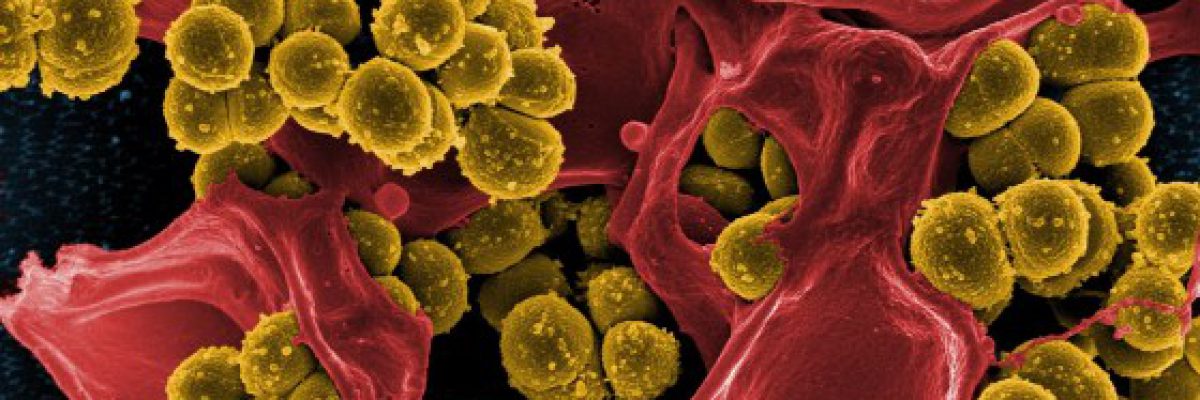Our immune system consists of different types of organs, cells, and molecules. The function of the immune system is to protect our bodies from invaders such as bacteria, fungi, parasites and viruses. It is a very complex system, you may view it as a small army. Each of its “units” is armed with a different set of skills and weapons. Keeping with the model, the immune system can be divided into two main units the innate immune system unit and the acquired immune system unit. The two units are different- each with its own warfare strategies and tactile weapons, however they often cooperate and act in concert.
The acquired immune system, as its name suggests, develops after birth. The unit’s soldiers learn how to deal with a unique invader – a pathogen. The soldiers then have the ability to store this in their “memory cells” and thus identify a pathogen if it infects the body yet again. The soldiers of the acquired immune system unit are B and T cells. B cells produce antibodies that neutralize the identified unique pathogen. T cells are capable of detecting cells infected by an invader and through which the pathogen is replicating itself. T cells eradicate the infected cell and the pathogen within it in order to prevent infection of neighboring cells.Our bodies’ innate immune system exists in the embryonic development stage and we are born with it intact. This system is responsible for recognizing and differentiating the “self” – the cells and organs of the fetus itself from the “alien” – anything that is not “self”. This unit has several weapons at its disposal. First, the skin, it serves as a physical barrier barring access by invaders. Enzymes serve as an immune weapon as they are capable of breaking through the protective membrane of certain bacteria and thus killing them. Other specialized white blood cells serve as weapons that swallow up and disintegrate microorganisms. The last weapon at their disposal is inflammation.
Inflammation is a mechanism that allows the immune system to work in a more cost-effective way to fight off invaders. The unit’s soldiers (white blood cells) pass orders by using a substance called cytokine, to change the battleground to their advantage. They do this by expanding blood vessels in the invaded battle area thus allowing more soldiers access to the battle and to receive more oxygen. They shrink the blood vessels leaving the battle area to prevent invaders and soldiers from leaving. The excess blood in the affected area causes redness, and the narrowing of the blood vessels causes pain, which prevents the patient from moving. All these actions accelerate the healing process.
However, sometimes our immune system exaggerates its inflammatory reaction causing a “cytokine storm” (the inflammation command). This is a type of systemic inflammatory reaction that occurs when multiple white blood cells are released and these release more and more inflammatory cytokines commands in response to positive feedback. The cause of the immune system’s excessive response is unclear, yet it is known to be linked, among other things, to organ transplantation, and to various viruses such as Ebola virus and the Coronavirus. A person sick with Covid -19 from the invading Coronavirus can suffer a cytokine storm thus the immune system kills lung cells and creates excessive inflammation in the lungs. This is the reason that many patients require respirators. In addition, the phenomenon of expanding the blood vessels may cause a decrease in the bodily blood pressure and an increase in heart rate. For sick patients, especially those with other medical conditions, this causes systematic failures. The cytokine storm can be treated – doctors can identify and determine the best and appropriate course of treatment for these patients. There are a number of treatments that help reduce the release of cytokines and raise blood pressure. As can be seen in this example, we don’t need to strengthen our immune system – a healthy immune system works in a balanced way. A cytokine storm is an example that strengthening the immune response is sometimes the opposite of what we want to achieve.
https://www.thelancet.com/journals/lancet/article/PIIS0140-6736(20)30628-0/fulltext





